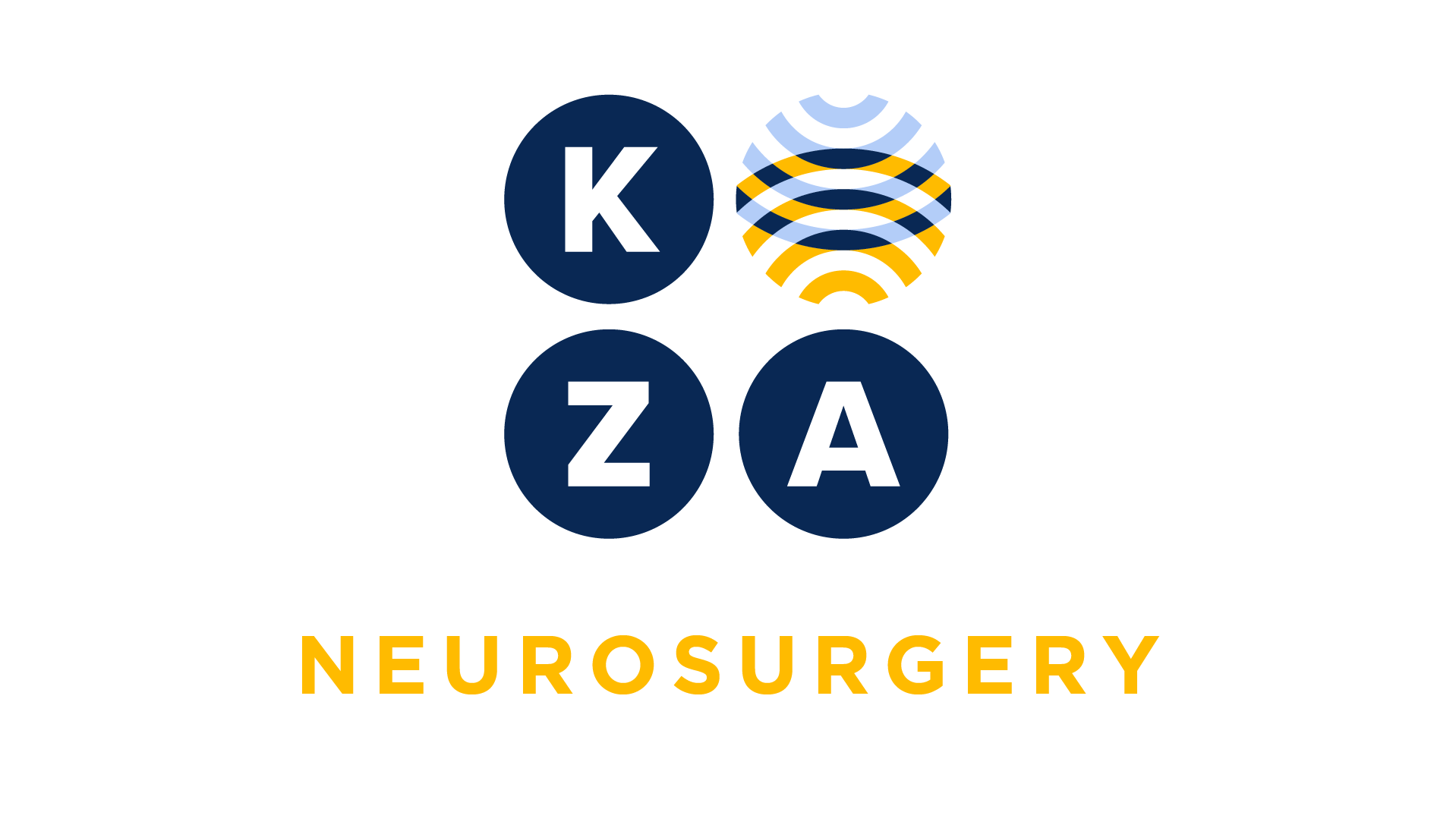
Choose your specialty from the list below to see how our experts have tackled a wide range of client questions.
Looking for something specific? Utilize our search feature by typing in a key word!
Evacuation of Cervical Epidural Hematoma
How do I code a cervical laminectomy with extradural epidural hematoma evacuation? I was thinking about using 63265 but my co-worker said this code is for a tumor removal and not for…
Question:
How do I code a cervical laminectomy with extradural epidural hematoma evacuation? I was thinking about using 63265 but my co-worker said this code is for a tumor removal and not for a hematoma.
Answer:
Sorry, but your co-worker is incorrect. The code series, 63265-63268, is for laminectomy procedures to remove intraspinal lesions “other than neoplasm” so these codes would never be used for tumor removal.
Examples of extradural non-neoplasm lesions where 63265-63268 are used include a hematoma or abscess.
*This response is based on the best information available as of 04/19/18.
Placement of Lumbar Subarachnoid Drain
My neurosurgeon states he placed a subarachnoid drain in the lumbar spine after a craniotomy for CSF leak repair procedure. He thinks the correct code is 62350. Is this accurate?
Question:
My neurosurgeon states he placed a subarachnoid drain in the lumbar spine after a craniotomy for CSF leak repair procedure. He thinks the correct code is 62350. Is this accurate?
Answer:
No. You’ll use 62272 (Spinal puncture, therapeutic, for drainage of cerebrospinal fluid (by needle or catheter) instead. CPT 62350 is for placement of a catheter for long-term medical administration such as that necessary for a spinal pump; it is not the correct code for a lumbar drain.
*This response is based on the best information available as of 03/15/18.
Reinsertion (22849) vs. Segmental (22842) Instrumentation
I have a question about reinsertion of spinal instrumentation vs posterior segmental instrumentation. We have a patient who our neurosurgeon performed an exploration previous L4-S1 fusion…
Question:
I have a question about reinsertion of spinal instrumentation vs posterior segmental instrumentation. We have a patient who our neurosurgeon performed an exploration previous L4-S1 fusion with removal of rods bilaterally, L3-L4 laminectomy with PLIF and posterolateral fusion with placement of pedicle screws at L3 and new rods from L3-S1.
I have researched and would like to verify if we could bill the CPT 22849 for replacement of the instrumentation from L4-S1 plus CPT 22842 for the new pedicle screws and rods. I spoke to a coding hotline who said 22849 and 22842 were accurate but I thought I better check with an expert – you!
Answer:
I’m so glad you asked because you’ve been give inaccurate advice. CPT 22849 is reported when you remove and replace instrumentation at the exact same level(s); in this case you extended the instrumentation so 22849 does not apply. When you extend the instrumentation meaning adding it to an adjacent level, you report only the “new code” such as 22842.
*This response is based on the best information available as of 06/08/17.
Intervertebral Device 22853
I code for a neurosurgeon and he insists that I bill the cage code, 22853, for each interspace. However, the CPT book lists as cage(s) therefore our thinking is that no matter how many…
Question:
I code for a neurosurgeon and he insists that I bill the cage code, 22853, for each interspace. However, the CPT book lists as cage(s) therefore our thinking is that no matter how many are placed this code is only allowed one time per surgery. His note states “C3-C4, C4-C5, C5-C6 anterior cervical interbody fusion using PEEK interbody spacers.” So is it 22853 x 1 unit or 22853 x 3 units?
Answer:
Your neurosurgeon is correct. CPT code 22853 is reported per interspace to describe intervertebral biomechanical devices, including PEEK cages. The term is both single or plural, “cage(s)”, because sometimes there are two devices placed at a single spinal level.
*This response is based on the best information available as of 05/25/17.
Corpectomy Denial
We submitted an op note at the request of a payer (not Medicare) and they denied the corpectomy code we billed, 63081 with the fusion code, saying the documentation doesn’t support it. …
Question:
We submitted an op note at the request of a payer (not Medicare) and they denied the corpectomy code we billed, 63081 with the fusion code, saying the documentation doesn’t support it. Instead, they paid us for 22551. I don’t understand this because my neurosurgeon’s operative note says he did a corpectomy.
Answer:
Ah, but does the operative note specifically state he removed at least 50% of the cervical vertebral body – or that he did a total corpectomy – to justify using a corpectomy code. I suspect not which is why the payer “downcoded” 63081 and the fusion code to the anterior cervical decompression/discectomy and fusion code, 22551.
CPT guidelines specifically state that at least 50% of the cervical vertebral body must be removed to support using a corpectomy code. Recently, Cigna released guidance that says: “A targeted subset of cervical vertebral corpectomy claims billed with CPT codes 63081 and 63082, and where abuse is probable, will be pended. The operative report will then be reviewed before reimbursement to determine if the corpectomy criterion is met. If it is not met, the claim will be denied.”
The point is that the percentage of the vertebral body removed must be documented in the operative note to justify reporting a corpectomy code.
*This response is based on the best information available as of 04/27/17.
Exploration of Fusion (22830) – Two Questions Answered
Can we bill 22830 with modifier 50 because we explored both sides?
Question:
Can we bill 22830 with modifier 50 because we explored both sides?
Question:
Can we bill 22830 for each level explored?
Answer:
No and no. CPT 22830, for exploration of spinal fusion, is used once regardless of the number of levels explored. It is assumed that you explore “both sides” of the spine which is typically considered a central structure from a coding standpoint.
*This response is based on the best information available as of 04/13/17.

